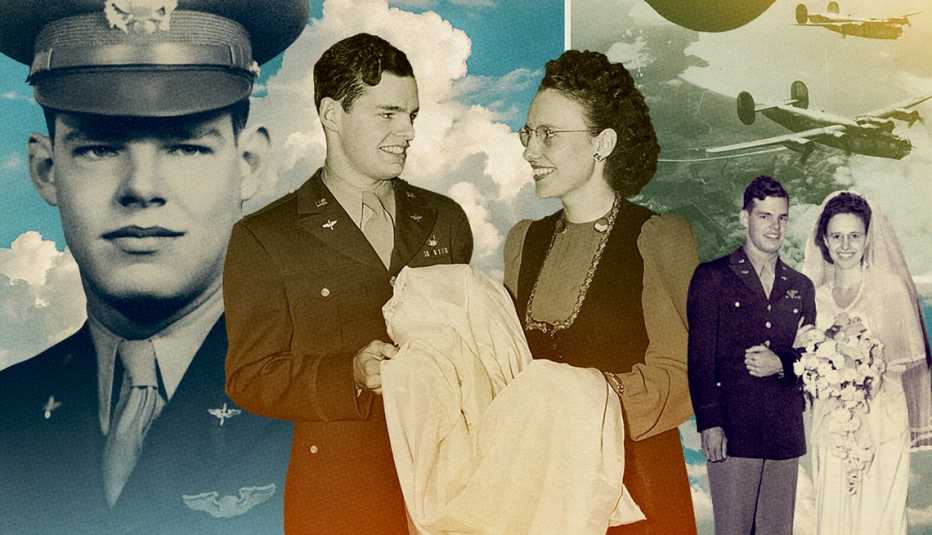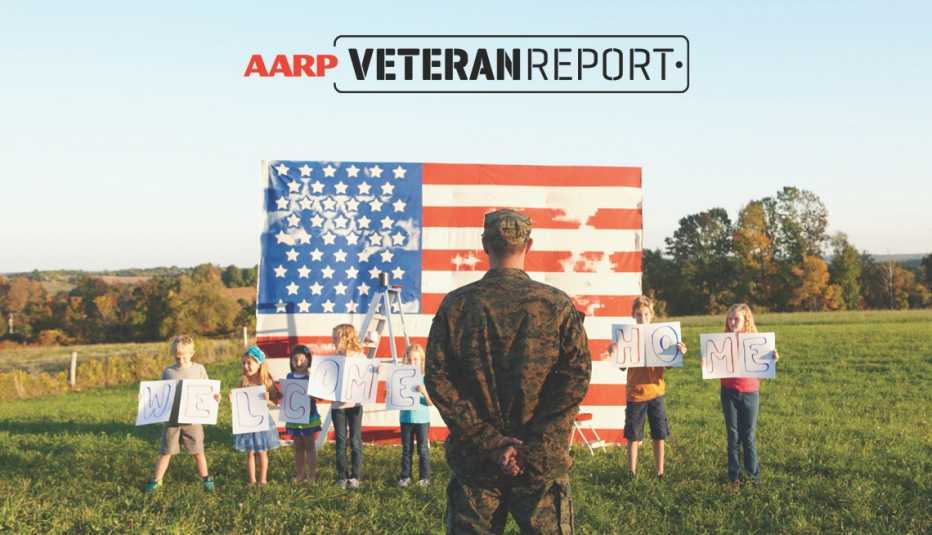Staying Fit


As I grew up, my father — Charles E. Stanley Sr. — lived a quiet life working as an accountant for a utility company. I knew he had been a bomber pilot during World War II, but it didn’t seem to be a big deal. Nearly every kid’s father was a veteran of the war — mine seemed no different.


You can subscribe here to AARP Veteran Report, a free e-newsletter published every two weeks. If you have feedback or a story idea then please contact us here.
But he was.
My father had been shot down twice, first over Romania, then over Yugoslavia. When he returned from the war and married my mother, she wore a wedding gown made from the parachute he had used the second time he bailed out. He carried that parachute for about 130 miles as he trudged from what is now Bosnia into modern-day Croatia.
I didn’t begin to look into his story until 1999, when he was 77. It turned out that he, like many ordinary men from the greatest generation, had participated in some truly extraordinary events.
On Oct. 13, 1944, my father’s B-24 bomber was critically damaged over Blechhammer, a key German synthetic fuel plant. With two of his four engines knocked out, he realized he could not return to his base in Italy. The conventional move would have been to try to reach the nearby Russian lines in Poland.


AARP Membership— $12 for your first year when you sign up for Automatic Renewal
Get instant access to members-only products and hundreds of discounts, a free second membership, and a subscription to AARP the Magazine.
My father knew, however, that drunken Russian pilots often attacked U.S. bombers that ventured into their airspace. He also knew an American delegation was stationed in Bucharest. Although Romania was three times farther than Poland, he opted to fly there over the strenuous objections of his copilot. In my extensive research, I have found no other pilot who did so.
His gamble paid off, but just barely. His remaining engines failed just after he passed the German lines, and he bailed out from an altitude so low the jump should have killed him.
That was a terrific story, but it was only when I researched my father’s second bailout — the one over Yugoslavia — that I realized he had participated in historic, yet previously unexplored, events. No one, I discovered, had written about the 2,000 Allied airmen sheltered by Marshal Tito’s Partisans during the war.
This untold story, I decided, had to be told.
When my father returned to combat after his first bailout, his plane again took flak hits over Blechhammer. This time, he flew toward a zone held by Partisans in modern-day Bosnia. He and his crew bailed out safely and linked up with the underground, but they became trapped behind enemy lines. Eventually, 84 downed airmen gathered in Sanski Most, the town that gave them shelter.

































































More From AARP Veteran Report
7 Best War Books You’ve Never Heard Of
Here are some obscure classics the veteran bibliophile should seek out
Secret of Success: 6 Organizations Helping Veteran Entrepreneurs
You have the drive and vision, but you don’t need to go it alone
‘Who Dares Wins’: Navy SEAL Admiral Talks Bin Laden Raid
William McRaven on need to take risks if we are to succeed
How to Adjust Your Workout to Overcome Old Injuries
Follow these expert tips to ease pain and build strength and flexibility
Breaking Barriers, Building Camaraderie in the U.S. Army
Jackson broke stereotypes as a successful Filipina in the military